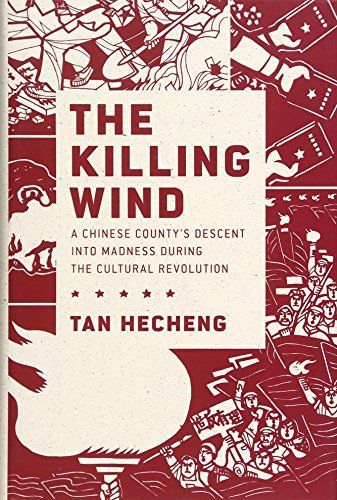
The Killing Wind A Chinese County's Descent Into Madness During the Cultural Revolution
Over the course of 66 days in 1967, more than 9,000 Chinese "class enemies" - including young children and the elderly - were murdered in Dao, a county in the Hunan province. Commonly known as the Daoxian massacre, the killings were one of the many acts of mass violence and radicalism thatrocked China during the Cultural Revolution. However, in spite of the scope and brutality of the killings, there are few detailed accounts of what took place on the ground. Years after the massacre, writer and editor Tan Hecheng was sent to Dao to report on the official investigation into the killings. Unable to publish his findings in China, in The Killing Wind he provides a first-hand investigation of the atrocities, exploring how and why the massacre took place. Tanblends his research with the recollections of survivors, offering a vivid account of the massacre and its aftermath. Dispelling much of Mao Zedong's mythos of peasant revolution, Tan reveals that the killings were unprovoked, and carried out with stomach-churning brutality. Far from the tyrannicallandlords depicted in revolutionary propaganda, most of the victims were hard-working, peaceful people who were technically considered part of the rural middle class. Other victims were peasants themselves, targeted because they had offended their killers in political or financial disputes. More than a catalog of horrors, Tan also offers a poignant meditation on memory, moral culpability, and the failure of the Chinese government to come to terms with the crimes of the Maoist era. By painting a detailed portrait of the massacres, The Killing Wind makes a broader argument about the longterm consequences of one of the twentieth century's greatest human tragedies. A compelling testament to the victims and survivors of the Daoxian massacre, The Killing Wind is a monument to historical truth, one that fills an immense gap in our understanding of Mao, the Cultural Revolution, and thestatus of truth in contemporary China.